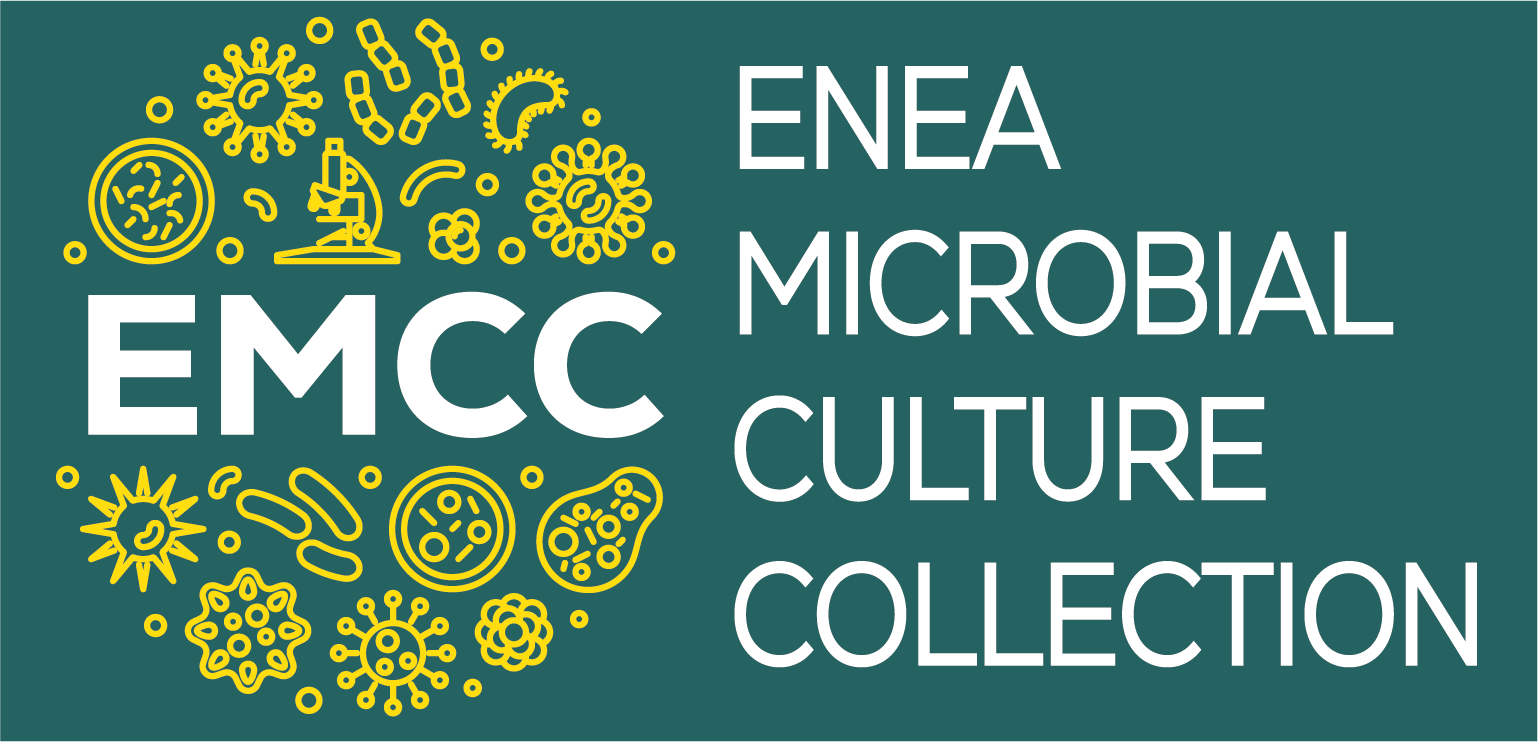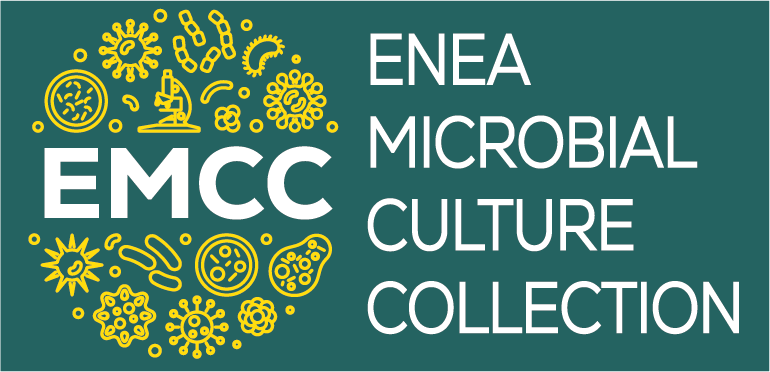ENEA Microbial Culture Collection

Bioremediation: microbial biotechnologies for the environment
A soil reclamation intervention that adheres to sustainability criteria involves safeguarding soil functions and, consequently, its quality. Treatments using chemical-physical techniques, due to the products used or high heat, result in soil devoid of its functions and fertility, as it lacks microbial flora and, therefore, the functions it performs on the planet, primarily nutrient recycling and soil transformation.
Bioremediation is the only technology capable of transforming contaminants without damaging soil functions, but it is not always applicable. Its feasibility needs to be carefully assessed and is related to various factors, including the specific risk level, as bioremediation timelines often do not align with urgency requirements.
The research on microbial strains and consortia with functional characteristics of interest for applications in environmental remediation is focused on exploring predominantly industrial environments affected by historical contamination. Over time, these conditions shape microbial populations under environmental pressure, promoting the establishment of communities capable of adapting to often prohibitive conditions due to the presence of high concentrations of organic pollutants, heavy metals, and xenobiotic substances. Native microorganisms from these sites are ideal candidates for bioremediation interventions. Strains have been collected as part of national and international projects from abandoned mines in Sardinia, specifically in the Sulcis-Iglesiente mining area, as well as in Sweden, Germany, Poland, Wales, and Romania. Many strains have been isolated from Italian industrial sites.
ENEA conducts feasibility studies through the adoption of model ecosystems (Terrestrial Microcosms-ASTM E1197-872004), allowing for results that can be directly transferred to the field scale, preventing common errors and failures in scale transition. The developed approach aims to use the existing microbial community (autochthonous), enhancing the metabolic functions necessary for the transformation of pollutants present in the soil or water to be treated. For example, if soil contaminated with oil or its derivatives needs to be reclaimed, bacteria capable of using oil as a growth source must be identified. These bacteria are then cultured in large quantities and reintroduced into the soil (bioaugmentation). Once in the soil, the bacteria will begin degrading the long chains of oil, transforming them into progressively simpler molecules, which will be used by other species to grow. This creates a network of metabolic processes among different species that leads to soil reclamation. The same process occurs for other types of pollutants. Currently, experiments are underway as part of the PNRR PE3-RETURN project for the selection of microbial formulations enriched with bacteria that produce biosurfactants for the bioremediation of soils contaminated with IPA (Isopropyl alcohol) or TPH (Total Petroleum Hydrocarbons).
Phytoremediation assisted by microorganisms.
During the European UMBRELLA project of the FP7 (2009-2012), focused on the recovery of mining areas in Europe, experimental fields were set up in six different European sites. In the Italian site of the former mine in Ingurtosu, Sardinia, two pioneer plants endemic were used, associated with a consortium of native bacteria capable of nitrogen fixation from the atmosphere, producing molecules beneficial to plants, and mobilizing important elements in the soil, such as phosphorus and potassium. The association of plants and microorganisms can revegetate contaminated soil and reduce the mobility of heavy metals, limiting their dispersion in the soil and water.


